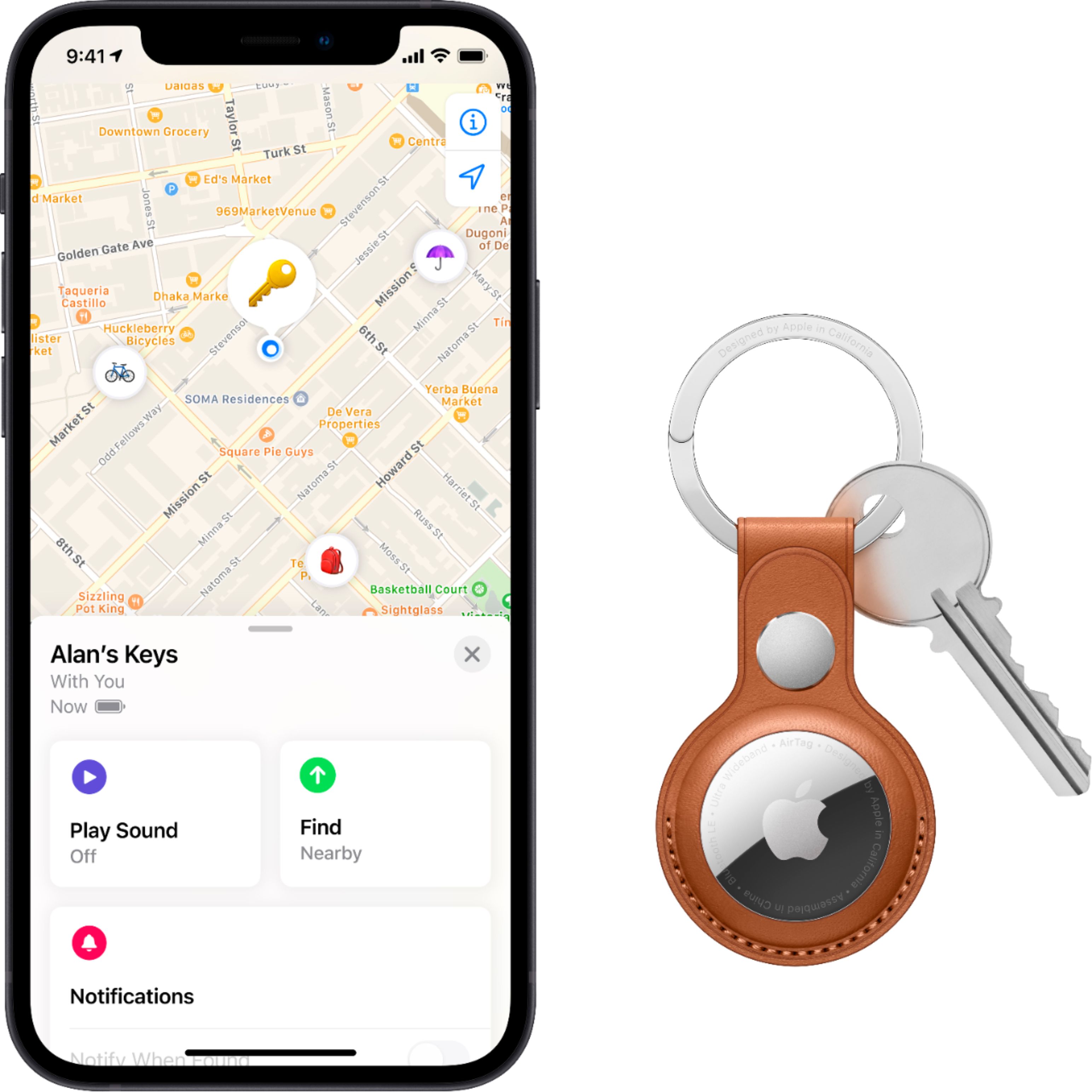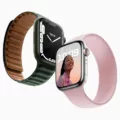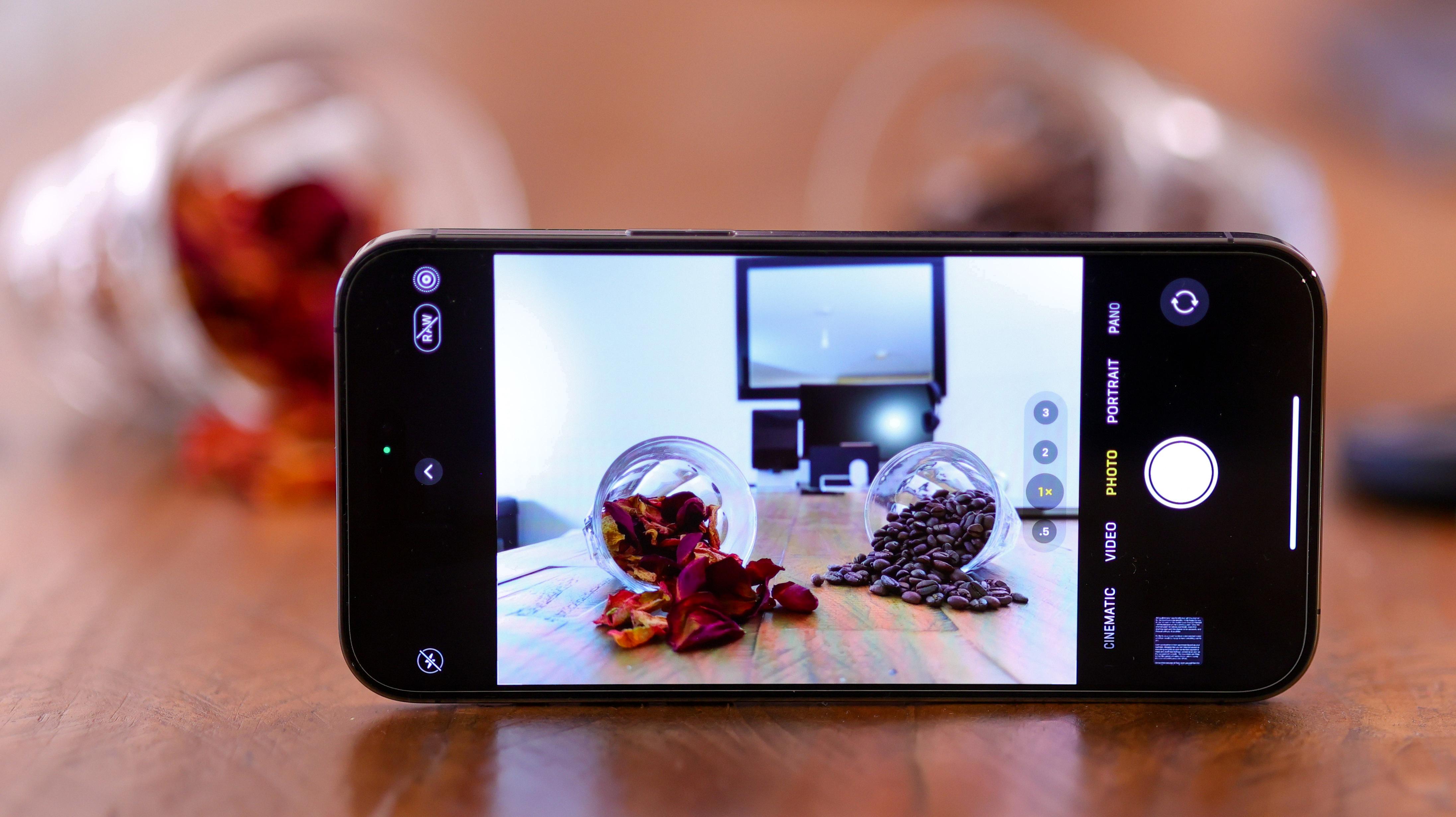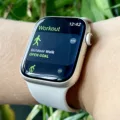The Apple Watch is a smartwatch that has revolutionized the way we stay connected. It’s more than just a device for checking messages and playing music, however; the Apple Watch can now be used as a sleep tracker, helping you get the restful shut-eye you need.
The watch uses its built-in accelerometer and heart rate sensors to detect when you’re in REM (Rapid Eye Movement), Core, or Deep sleep stages. It then uses this data to give you an estimate of how much time you spent in each stage and when you might have woken up. This iformation can be found by opening the Sleep app on your Apple Watch after waking up.
This data is also available in the Health app on your iPhone. You can view your sleep history by opening the app, tapping “Browse” at the bottom of the screen, then clicking “Sleep”. If it’s sved as a favorite, you can access it from the Summary page in the Health app. The bar graph will show how much time you spent in each sleep stage over 14 days.
In addition to measuring movement with its accelerometer, some sleep trackers measure heart rate to estimate REM sleep stages in addition to deep and light sleep stages. With this information, users can beter understand their sleeping patterns and make adjustments accordingly for improved health and wellbeing.
If you don’t alreay have an Apple Watch but are interested in tracking your sleeping habits, it may be worth investing in one as they offer one of the most accurate tracking methods available on a smartwatch. You’ll have access to all of your sleeping data right at your fingertips which makes making changes easier than ever before!
Does the Apple Watch Track REM Sleep?
Yes, Apple Watch can track your REM sleep. The watch’s Sleep app uses motion and heart rate to estimate the time you spend in each stage of sleep, including REM. It also provides insight on your sleep trends over the past 14 days. To get the most accurate readings, it is best to wear your Apple Watch to bed.
![]()
Source: macrumors.com
How Apple Watch Detects REM Sleep
Apple Watch uses signals from its built in accelerometer and heart rate sensor to detect when a user is in REM sleep. The accelerometer measures movement, while the heart rate sensor monitors your heart rate. Together, these sensors alow Apple Watch to detect patterns in your body’s movements and changes in your heart rate that can indicate whether you are in REM sleep. By tracking these patterns over time, Apple Watch can accurately determine when you enter the different stages of sleep including REM, Core, and Deep sleep.
Tracking REM Sleep
Yes, REM sleep can be tracked using certain sleep trackers. These sleep trackers measure changes in heart rate to estimate the different stages of sleep, including REM sleep. By tracking heart rate and respiration during sleep, the tracker is able to detect changes in activity that are associated with different stages of sleep. These changes can then be used to accurately estimate the amount of time spent in each stage of sleep, including REM.
Checking REM Sleep on an iPhone
The Health app on your iPhone allows you to check your REM sleep history. To do so, open the Health app and tap Browse at the bottom of the screen. Then tap Sleep. Once you’re in the Sleep section, scroll down to “Sleep Analysis” and select “REM Sleep” from the list of options. You shuld then be able to see a graph of your REM sleep over time. If you have saved Sleep as a favorite, you can access it from the Summary page in the Health app.
Accuracy of Apple Watch 7 Sleep Tracking
The accuracy of the Apple Watch 7 sleep tracker is largely dependent on the type of sleep tracking you are using. For basic sleep tracking such as light or core sleep, the Apple Watch 7 can be reliable and provde an accurate representation. However, for more advanced sleep tracking such as REM (rapid eye movement) or deep sleep, the accuracy may not be as reliable due to the limitations of current wrist-based technology. Additionally, the results may vary depending on how well-fitted your watch is and how accurately you have set up your personal settings. Therefore, it’s important to use caution when relying solely on the data from your Apple Watch 7’s sleep tracker.
![]()
Source: engadget.com
Comparing the Benefits of Deep Sleep and REM Sleep
When it comes to sleep, both deep sleep and REM sleep are essential for feeling rested and staying healthy. Deep sleep, also known as slow wave sleep, is the deepest stage of non-REM sleep and typically occurs in the first few hours of the night. It is characterized by a slow heart rate, low body temperature and minimal brain activity, which helps promote physical restoration. During deep sleep, hormones that promote growth and development are released, while muscles repair themseves and energy stores are restored.
REM (Rapid Eye Movement) sleep is the lightest stage of non-REM sleep and usually occurs later in the night. During this stage your brain and body become more active as dreams occur. REM helps with memory consolidation, learning new skills and emotional processing; it also helps boost creativity and problem solving skills.
Ultimately, neither deep nor REM sleep can be considered “better” than the other snce they both play an important role in our overall health. Getting enough of both deep and REM sleep will help you feel rested during the day and stay healthy over time.
The Accuracy of Apple Watch Sleep Stages
The Apple Watch sleep tracking feature is typically quite accurate. According to Apple, the device uses an advanced algorithm to measure your motion and estimate your sleep patterns. A study conducted by SleepScore Labs and published in the journal Sleep Health found that the Apple Watch’s sleep tracking was 97% accurate when compared with polysomnography (PSG), a standard of care for measuring sleep stages. The study also noted that the accuracy of the Apple Watch increases if a user wears it during their entire sleep session. Therefore, for most people, Apple Watch can provide reliable information aout their sleep stages and quality.
Average Amount of REM Sleep
The amount of REM sleep you get each night is considered normal if it follows a typical pattern. Generally, healthy adults go through 3-5 REM cycles per night, with each episode getting longer as the night progresses. Most adults spend about 20-25% of their overall sleep time in the REM stage. The last cycle typically lasts around an hour, so for 7-8 hours of sleep, you should aim to get about 90 minutes of REM.
![]()
Source: cnet.com
Does REM Sleep Occur Every Night?
Yes, REM sleep happens every night during a typical sleep cycle, typically lasting about 90 minutes. The majority of your nightly sleep is spent in the NREM (non-rapid eye movement) stage, which accounts for 75 percent of your sleep time. However, REM (rapid eye movement) sleep is still an important part of your nightly rest and occurs during 25 percent of your total sleep time. This stage is when most vivid dreaming takes place and helps to keep your body and mind energized throughout the day.
![]()
Source: sleepopolis.com
Conclusion
In conclusion, the Apple Watch is an incredibly innovative and useful device for tracking your sleep. It uses signals from the accelerometer and heart rate sensor to detect when users are in REM, Core, or Deep sleep. It can even estimate the time spent in each sleep stage as well as when you miht have woken up. Additionally, it can measure heart rate and respiration to estimate REM sleep in addition to deep and light sleep stages. All of this data can be accessed from the Sleep app on your Apple Watch or from the Health app on your iPhone. The Apple Watch is a great way to monitor your sleep health and improve your overall wellbeing.








